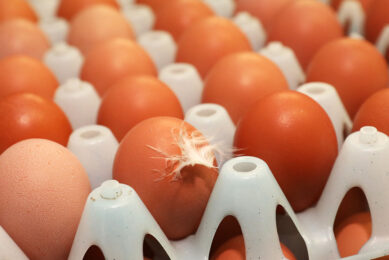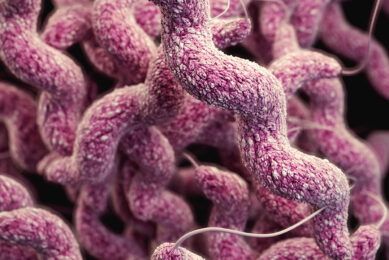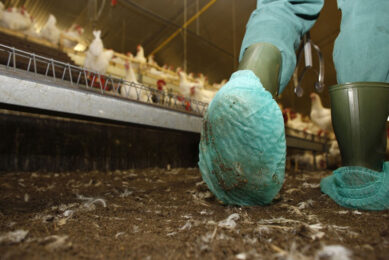NZ recovering – chicken becoming a favourite again
Chicken outstripped sales of beef and lamb from the mid-80s to become New Zealand’s biggest source of meat protein. However, soaring campylobacter illness rates branded chicken as cheap dirty food.
The New Zealand Herald has reported that in 2006, chicken sales and production fell and has failed to re-gather momentum amid concerns about contamination from fresh cuts packed in supermarkets. Campylobacter is the major foodborne disease focus, with reported illness rates considerably higher than from salmonella or listeria. From the early 90s, NZ’s rates of illness kept pace with rising chicken consumption.
Chicken may resume position
Two years ago, public health expert Dr Michael Baker and colleagues at the Otago University School of Medicine called for fresh chicken cuts to be withdrawn from sale until the industry “got its act together”. The industry resisted the ban, and the Food Safety Authority opted to work with the industry to tackle campylobacter rates.
Since countermeasures began a year ago, monthly infection reports have dropped to their lowest level in 10 years. The 10,591 cases notified in the year to 30 March represent a 35% drop on the previous year. Additionally, figures for January – end April 2008 are less than half those for the corresponding months in 2007.
Measures for processing plants
Since April 2007, it became mandatory for poultry processing plants to record and report levels of the bacteria. New codes of practice have also been developed for farms and processors. The FSA then announced in September that as of April, plants with unacceptably high levels of bacteria risked having all produce frozen or plant closure.
FSA’s principal risk management adviser, Judi Lee, said the target selected should result in a 90% reduction in campylobacter levels in pre-packed raw meat.
Cooperation from the industry
Executive director of the Poultry Industry Association, Michael Brooks, said processors have co-operated to an unprecedented extent to beat the bug and are sharing their practices. Additionally, changes in the spin chiller phase of processing have occurred. Carcases are chilled in a water bath before further processing, ensuring crates are clean and dry before transport. This has helped break the cycle of contamination between farm and processing plant.
Brooks predicts further gains from steps yet to come, including a possible switch from supermarket packing to packing at the processing plant.
Baker applauds the progress, but notes that the drop in reported campylobacter illnesses confirms chicken’s dominant role in the epidemic. “The industry has obviously been highly motivated and incentivised to get its act together.”
(Source: New Zealand Herald)
Related link:
Join 31,000+ subscribers
Subscribe to our newsletter to stay updated about all the need-to-know content in the poultry sector, three times a week. Beheer
Beheer








 WP Admin
WP Admin  Bewerk bericht
Bewerk bericht